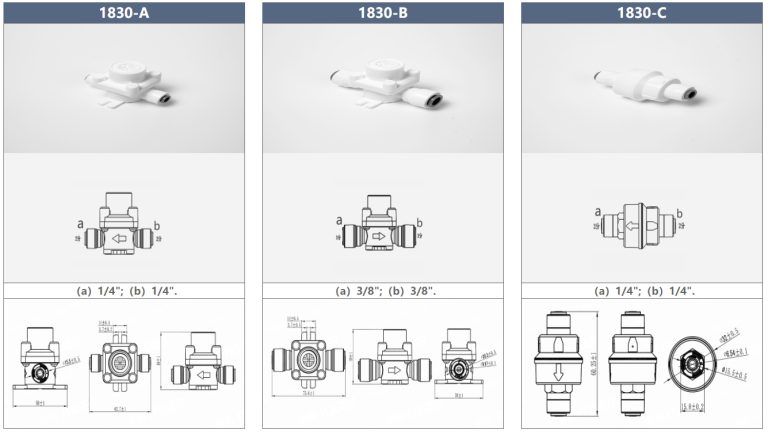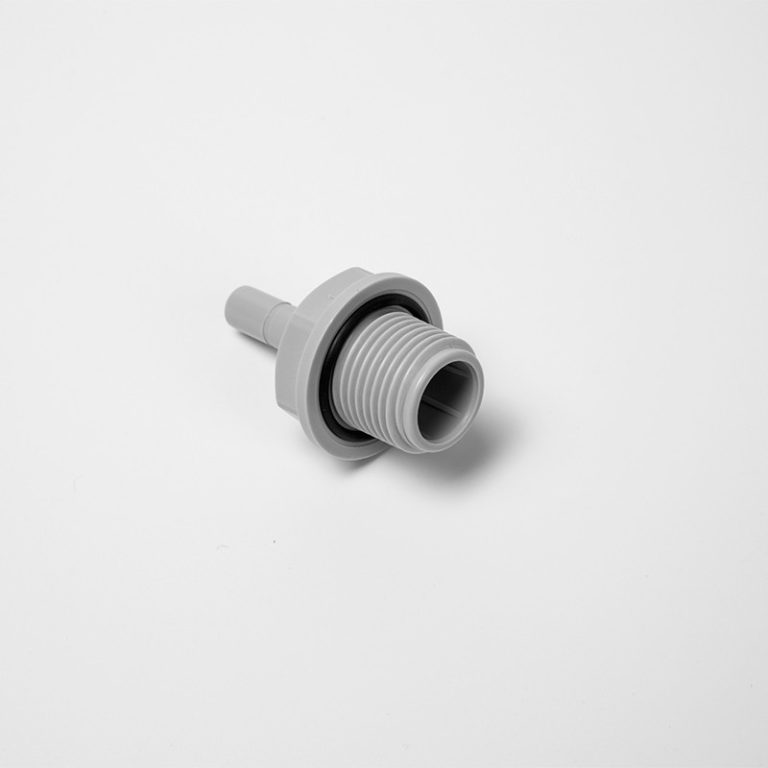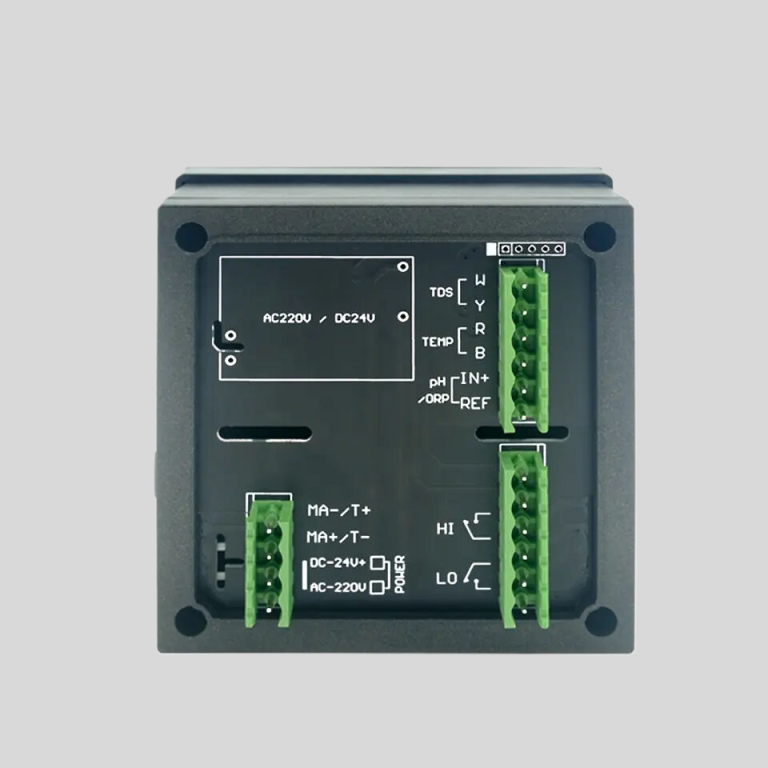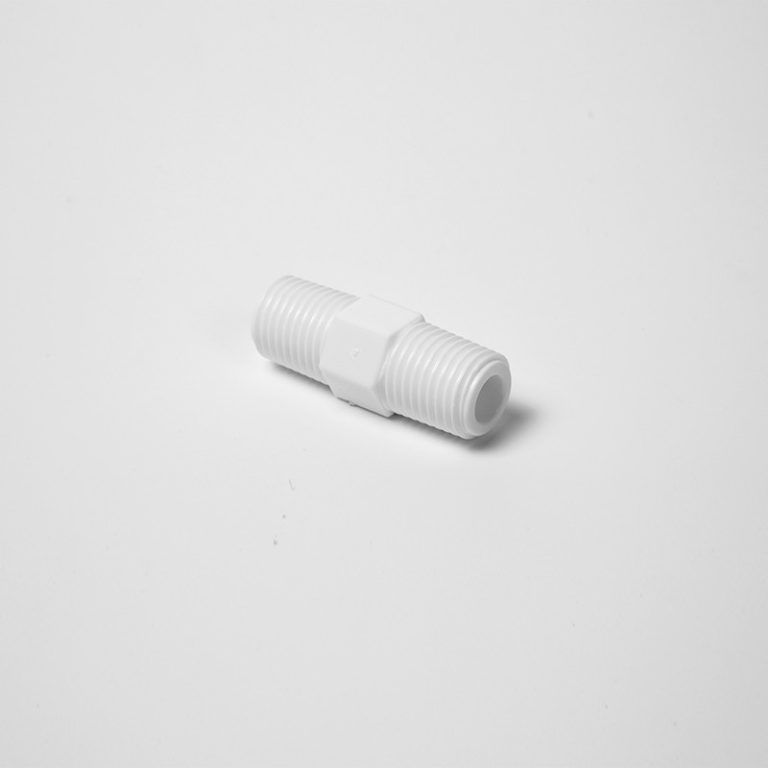“Clean water, connected with ease.”
Table of Contents
Benefits of Using Stainless Steel Pipes for Water Purifier Connections
Water purifiers have become an essential appliance in many households, providing clean and safe drinking water for families. When it comes to installing a water purifier, one crucial aspect to consider is the type of pipes used for the connection. Stainless steel pipes have gained popularity for water purifier connections due to their numerous benefits.
One of the primary advantages of using stainless steel pipes for water purifier connections is their durability. Stainless steel is known for its strength and resistance to corrosion, making it a reliable choice for carrying water. Unlike other materials, stainless steel pipes are less likely to rust or degrade over time, ensuring a long-lasting and secure connection for your water purifier.
In addition to durability, stainless steel pipes are also hygienic. These pipes have a smooth surface that is easy to clean and maintain, reducing the risk of bacterial growth and contamination in your water supply. This is especially important when it comes to ensuring the safety of your drinking water, as any impurities or bacteria in the pipes can affect the quality of the water produced by the purifier.
Furthermore, stainless steel pipes are environmentally friendly. Unlike plastic pipes, which can release harmful chemicals into the water, stainless steel pipes are non-toxic and do not leach any substances into the water. This makes them a sustainable choice for water purifier connections, as they do not contribute to pollution or harm the environment.
Another benefit of using stainless steel pipes for water purifier connections is their versatility. These pipes come in a variety of sizes and shapes, making them suitable for different types of water purifiers and installation configurations. Whether you have a countertop purifier or an under-the-sink system, stainless steel pipes can be easily customized to fit your specific needs.
Moreover, stainless steel pipes are easy to install and maintain. Their flexibility and adaptability make them a convenient choice for connecting water purifiers, saving you time and effort during the installation process. Additionally, stainless steel pipes require minimal maintenance, as they are resistant to corrosion and do not need frequent replacements or repairs.

In conclusion, using stainless steel pipes for water purifier connections offers numerous benefits, including durability, hygiene, environmental friendliness, versatility, and ease of installation. By choosing stainless steel pipes, you can ensure a reliable and safe connection for your water purifier, providing clean and healthy drinking water for you and your family. Invest in the quality and longevity of your water purifier by opting for stainless steel pipes for your connection needs.
How to Properly Install and Maintain Water Purifier Pipe Connections
Water purifiers are essential for ensuring that the water we consume is clean and safe for drinking. One crucial component of a water purifier system is the pipe connections that deliver water to and from the purifier. Proper installation and maintenance of these pipe connections are vital to ensure the efficient operation of the water purifier and to prevent any leaks or contamination of the water supply.
| Model | Tube(a) | Stem(b) |
|---|---|---|
| 1801-A | 1/4 | 1/4 |
| 1801-C | 1/4 | 3/39 |
When installing water purifier pipe connections, it is important to first select the right type of pipes and fittings for the job. PVC pipes are commonly used for water purifier installations due to their durability and resistance to corrosion. It is also important to use high-quality fittings that are compatible with the pipes and the purifier system.
Before connecting the pipes, it is essential to thoroughly clean and dry the pipe ends to ensure a secure and leak-free connection. Any debris or dirt on the pipe ends can prevent a proper seal from forming, leading to leaks and potential contamination of the water supply. Once the pipe ends are clean and dry, apply a thin layer of pipe joint compound or Teflon tape to the threads of the fittings to create a watertight seal.
When connecting the pipes, make sure to tighten the fittings securely using a wrench or pliers. Over-tightening the fittings can damage the pipes or fittings, while under-tightening can result in leaks. It is important to strike a balance and tighten the fittings just enough to create a secure seal without causing any damage.
After the pipe connections are installed, it is crucial to check for any leaks or drips. Turn on the water supply and inspect the connections for any signs of water leakage. If any leaks are detected, tighten the fittings further or reapply pipe joint compound or Teflon tape to create a proper seal.
Regular maintenance of water purifier pipe connections is essential to ensure the continued efficiency and safety of the system. Inspect the connections periodically for any signs of wear or damage, such as corrosion or rust. Replace any damaged pipes or fittings immediately to prevent leaks or contamination of the water supply.
In addition to visual inspections, it is also important to flush the water purifier system regularly to remove any buildup of sediment or debris that can clog the pipes and reduce the system’s efficiency. Follow the manufacturer’s instructions for flushing the system and replace any filters or cartridges as recommended.
Proper installation and maintenance of water purifier pipe connections are essential for ensuring the efficient operation of the system and the safety of the water supply. By selecting the right pipes and fittings, cleaning and sealing the connections properly, and conducting regular inspections and maintenance, you can ensure that your water purifier system continues to provide clean and safe drinking water for years to come.





